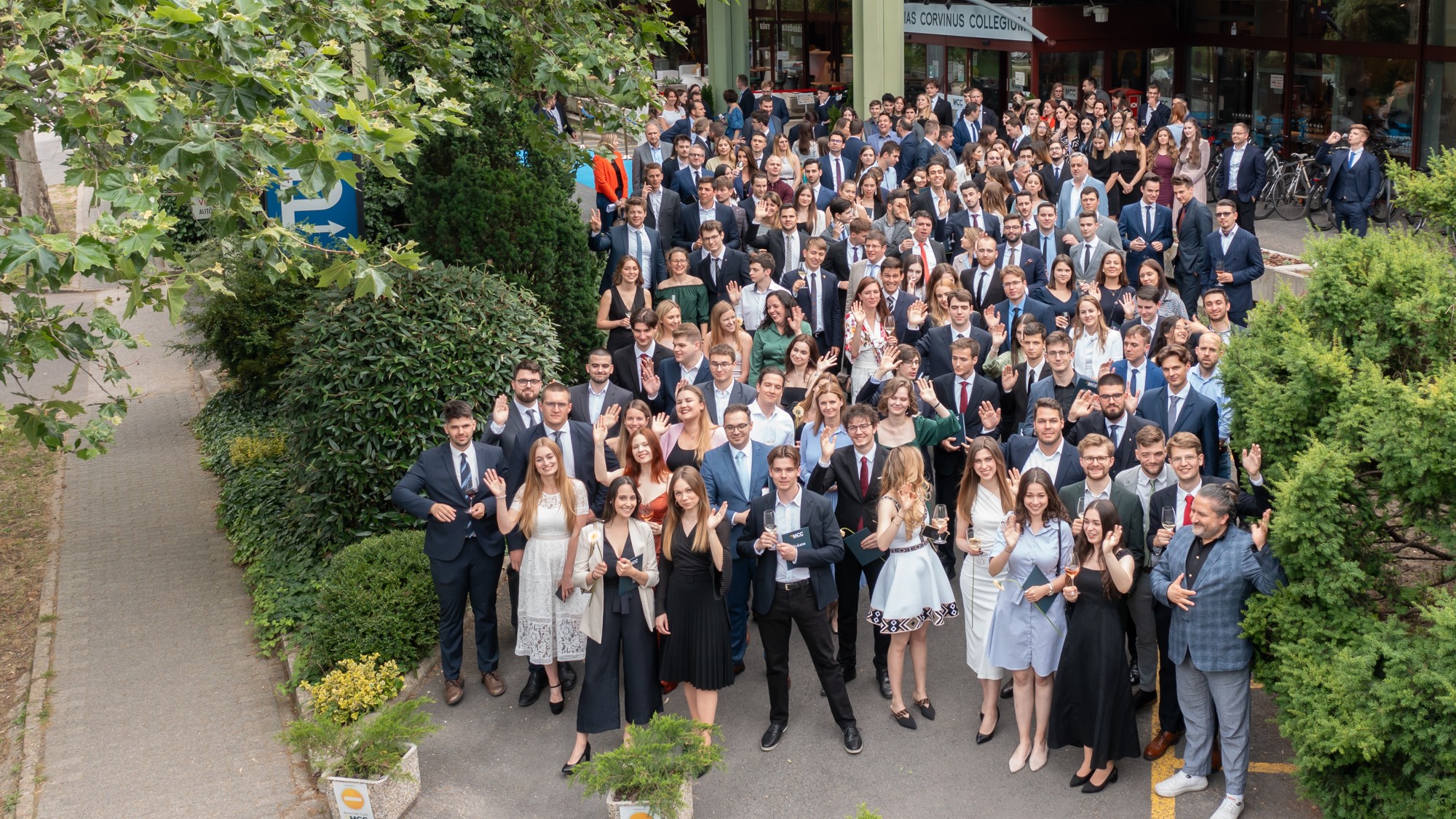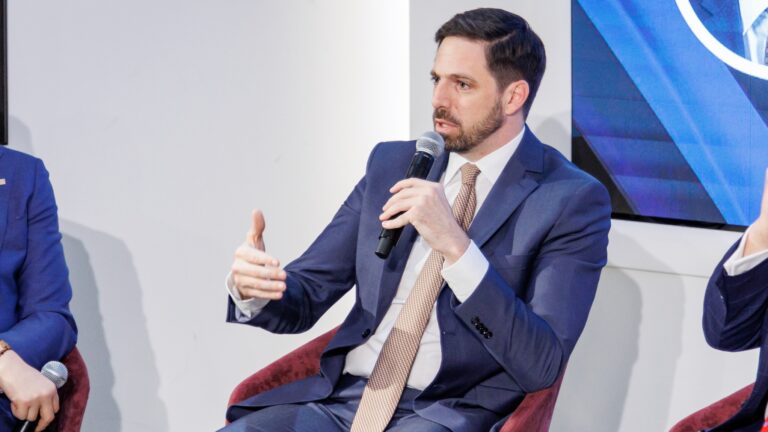Communication and media studies continue to attract strong interest in Hungarian higher education, according to new research by the National Media and Infocommunications Authority (NMHH). The findings, released on Tuesday, reveal both the motivations and challenges faced by students in these programmes.
The NMHH’s study aimed to provide a comprehensive overview of why students choose communication and media majors, how they assess the content and infrastructure of their training, and what value they attach to their degree on the job market. Most respondents said their decision was guided by personal interest and self-expression rather than purely economic factors. 68 per cent cited their fascination with media and communication as a key motivator, while 41 per cent were drawn by the creative nature of the field. More than half, however, also considered job prospects when choosing the programme.
Students expressed a generally high level of satisfaction with their education, praising the preparedness of instructors (87 per cent) and their supportive attitude (84 per cent). They also rated communication and collaboration tools positively, but many were less satisfied with access to practical training equipment. Only 13 per cent of respondents found the available media production facilities fully adequate, while nearly 40 per cent reported shortcomings in technical infrastructure such as studios and audio-visual tools.
Although 83 per cent of students believe their programmes follow digital trends, they also called for more emphasis on skills relevant to modern media, including digital content creation, social media management, data-driven communication, and the use of AI in production.
The survey found that 76 per cent of students are content with the quality of Hungarian academic literature, though just over half consider it up to date. Many, therefore, rely on foreign sources—especially full-time and second-year students.
Internships remain a weak point: three-quarters of respondents said they had to find placement opportunities on their own, receiving little institutional assistance. Still, most recognize the importance of gaining real-world experience.
When it comes to career ambitions, PR and marketing are by far the most popular choices, with 50 per cent of students aiming to enter these sectors. Online content creation (38 per cent), corporate communication (32 per cent), and creative agency work (32 per cent) also rank high, while just 26 per cent plan to pursue online journalism and 22 per cent would prefer television.
Despite the creative appeal and symbolic prestige of the field, students remain aware of its limited financial prospects. Nearly half estimated that new graduates in media earn less than 400,000 forints per month. Even so, enthusiasm for continued learning remains high: 76 per cent plan to pursue further studies, and 5 per cent are considering doctoral programmes.
The full NMHH report is available at nmhh.hu.
Related articles:







